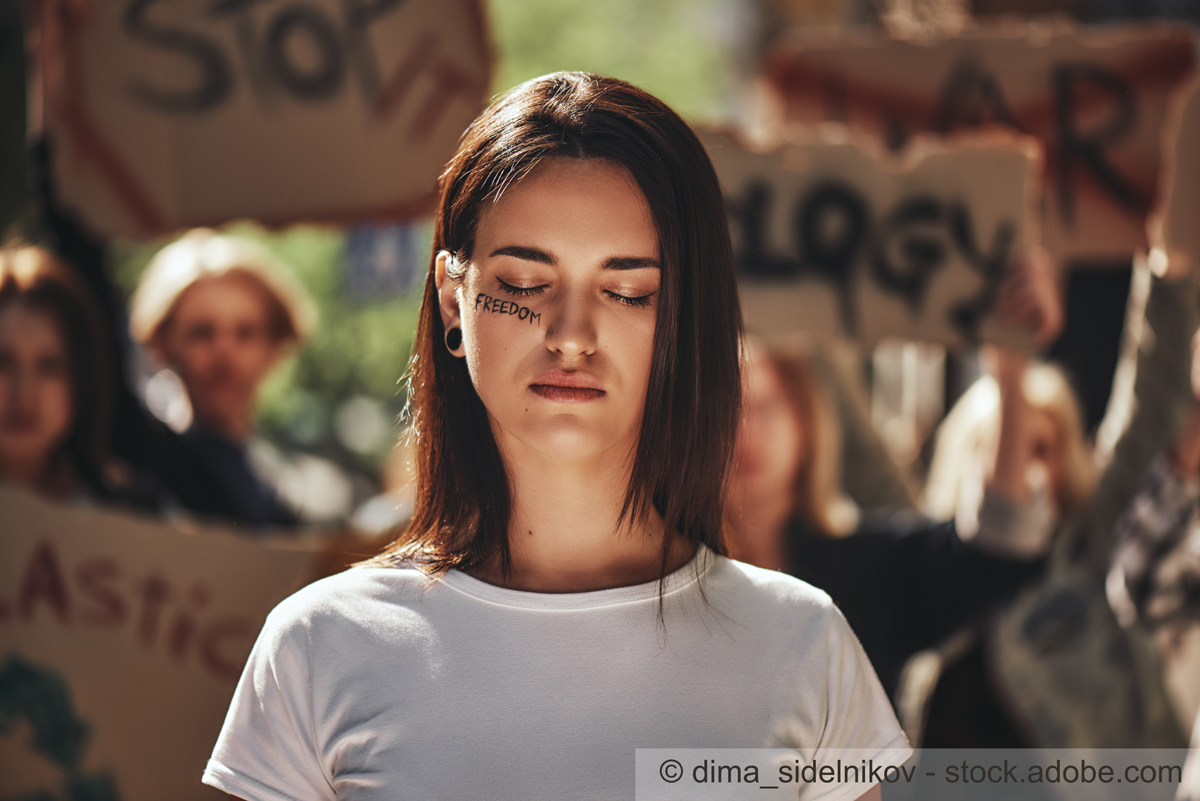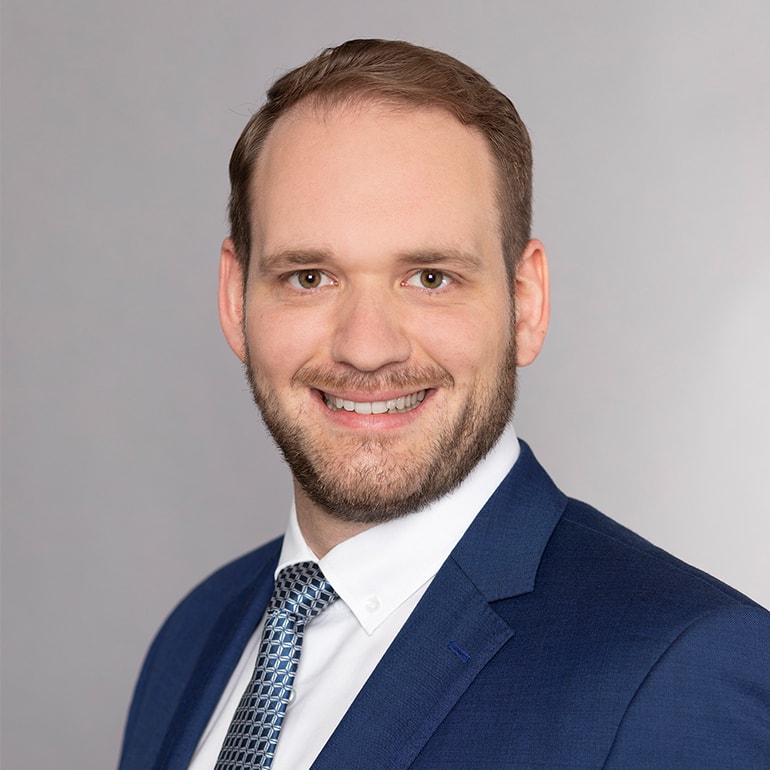07.02.2020
Climate change and its integration into the German civil jurisdiction

On the 30th November 2017, in a decision , the Higher Regional Court of Hamm laid the foundation in the German jurisdiction for a possible civil liability of large companies for damages caused by climate change. "Are we allowed to leave the people affected by the consequences of climate change to themselves, when we are the ones producing the emissions?", the 5th Civil Senate of the Higher Regional Court of Hamm asked. The controversial thesis of an anthropogenically caused climate change has many facets. One of them is the question of possible compensation for alleged climate damage: How should liability law deal with a complex of effects in which the combustion of lignite in Europe is said to have serious consequences for people on the other side of the globe? Increasingly, it is now the courts that are called upon to provide an answer to this question by way of "climate lawsuits".
I. Background
In 1941, the moraine walls that dammed the Lake Palcacocha above the Andean city of Huaraz broke and a mudslide burst into the valley. More than 5,000 people died during the disaster. More than 70 years later, with the help of the German environmental organisation Germanwatch, a Peruvian farmer filed a lawsuit against the German energy company RWE AG at the Regional Court of Essen. The plaintiff is co-owner of a house in Huaraz and is demanding partial payment of costs for protective measures for his property. He claims that the water level of Lake Palcacocha has reached a threatening level and that there is danger of another flooding. The plaintiff bases his claim against RWE AG on the fact that the company, as a parent group, is responsible for 0.47% of all greenhouse gases word-wide since 1898. He claims that RWE AG has thus contributed to global warming, which in turn is causing glaciers to melt and the water level of the lake to rise. Previously protective measures taken would not sufficiently ward off a possible new flood wave. The water would rush into the valley unstoppably.
According to Klaus Milke, honorary chairman of Germanwatch and an important supporter of the plaintiff, RWE AG had been specifically suggested to the plaintiff as a "test case", it being one of the largest emitters in the world. By way of this precedent, Germanwatch intends to influence international climate negotiations.
The sum in dispute is only 17,000 euros. However, if the farmer were successful with his lawsuit, the other 120,000 inhabitants of Huaraz could possibly also be entitled to damages - not only from RWE AG, but also from other comparable major emitters in Germany. The poignancy of the proceedings is therefore obvious.
II. Development
As expected, however, the plaintiff was not successful at first instance. The Regional Court of Essen dismissed the action in 2016[1]. It justified its decision on the grounds that emissions from a single major greenhouse gas emitter cannot be held responsible for generally caused events such as climate change and its individual consequences.
However, on preliminary examination, the Higher Regional Court of Hamm, which the plaintiff appealed to, takes a different view from that of the Regional Court. In a reference and evidence order, the Higher Regional Court states that seen systemically, according to § 14 sentence 2 of the Federal Immission Control Act and § 906 para. 2 sentence 2 of the German Civil Code (BGB), even those who act lawfully must be liable for the damage to property caused by them. It further states, that this legal view also applies in the context of §§ 1004 and 1011 of the Civil Code. Seeing as the plaintiff is not interested in restricting the activities of the defendant or in shutting down one of their power plants, the Higher Regional Court could find no contradiction to the legal system, in particular not to the principles of public law.
Evidence on several aspects is therefore to be gathered by means of climate-scientists’ expert opinions. Is the plaintiff's residential house, which is located below the glacial lagoon, seriously threatened by flooding and/or a mudslide as a result of the considerable increase in size and volume of the lagoon? If this question is answered in the affirmative, the further question arises, of to what extent climate change and the CO2 emissions released by RWE AG and its subsidiaries have contributed to this impairment.
The Higher Regional Court of Hamm selected the experts for the taking of evidence itself. Although it is generally seen as the task of the parties to agree on experts, this mission failed. In 2019 the Higher Regional Court of Hamm made a request to the State of Peru to be allowed to inspect the premises in Huaraz. The fact that the court itself would thereby contribute to the release of carbon dioxide as a result of the necessary flights to be taken and thus, according to its own logic, to the alleged damage to the plaintiff's legal interests, is only a marginal facet of this remarkable legal dispute.
[1] LG Essen, Urt. v. 15.12.2016 – 2 O 285/15
III. Possible consequences and outlook
What decision the Higher Regional Court of Hamm will reach after the evidence has been presented remains unclear. From today's perspective, on the basis of the judicial indications given, a claim for damages does not appear to be ruled out but it remains questionable whether the prerequisites for the award of damages are actually fulfilled.
In particular, the proof of causation with regard to the infringement will be difficult: Firstly, attributing a measurable and calculable share of 0.47% of the greenhouse gas emissions since 1898 to RWE AG is problematic. Even if this figure were to be proven correct, it would not automatically follow from this, that RWE AG would be responsible for any concrete damage with this share. Many climate researchers believe that every emission of greenhouse gases has an impact on the climate.
However, every human being is ultimately an emitter, for example, of carbon dioxide. In the case of so-called total emissions, individual damages cannot usually be individually attributed to one emitter. According to the principles of cumulative causation, however, causation is only given, if no contribution of an emitter can be left out of account without the damage, in this case the risk of flooding of the glacial lake, being eliminated. It would probably be rather absurd to assume that the emissions of the power plant operator RWE are so significant that global warming and the associated flood hazard in Peru, would not exist if RWE’s emissions were not taken into account.
Moreover, German law does not provide for perpetual liability, which would allow for claimants to take recourse against RWE AG for their emissions of 120 years. On the question of limitation, however, the Higher Regional Court of Hamm already objected that RWE AG, despite its emitting businesses, has always failed and still fails to take the necessary precautions in order to at least reduce the danger of flooding in Peru. For this reason, it could be argued that limitation periods do not apply, if the impairment is permanently maintained due to the lack of protective measures taken.
If the plaintiff should be granted damages in the last instance, the legislature will have to take action. In the long term, it does not appear expedient to place the enforcement of climate protection in the hands of private individuals who take legal action against large companies. The Paris Convention (2015) formulates general guidelines for tackling climate change. The principle of cooperation - the most important principle of environmental law - also requires cooperation between state and society in tackling environmental problems. However, the international approaches must be further developed and specified by the signatory states so that they are reflected in measures that go beyond the actions of individuals. There is also a general consensus to the extent that any climate change that may occur is not attributable to the actions of individual emitters of CO2. However, for the time being, it remains uncertain whether it can be drawn from all this, that large emitters will be exempted from liability under German law due to the reference to co-emitters.

Dr Stefan Altenschmidt, LL.M. (Nottingham)
Partner
Dusseldorf
stefan.altenschmidt@luther-lawfirm.com
+49 211 5660 18737

Erik von Kügelgen
Senior Associate
Cologne
erik.von.kuegelgen@luther-lawfirm.com
+49 221 9937 22732